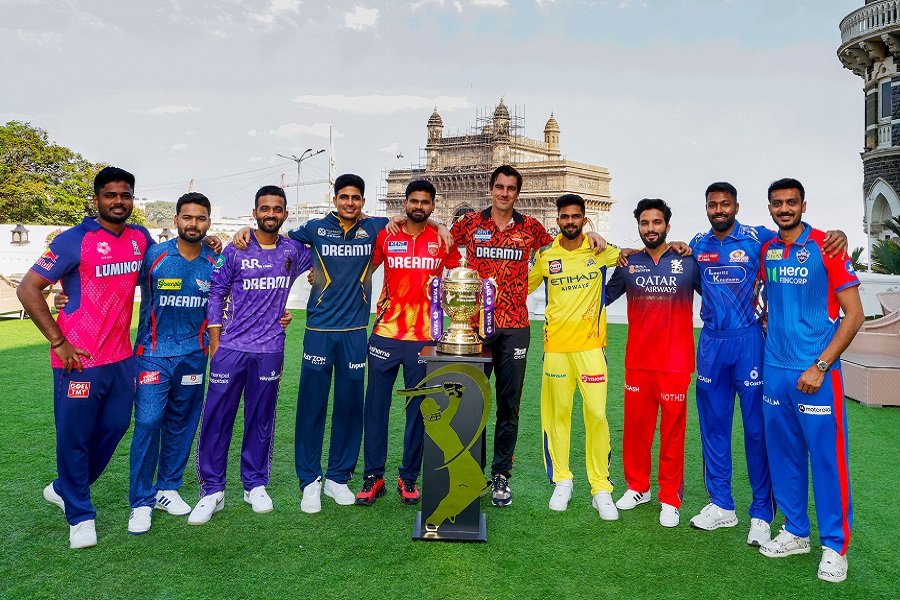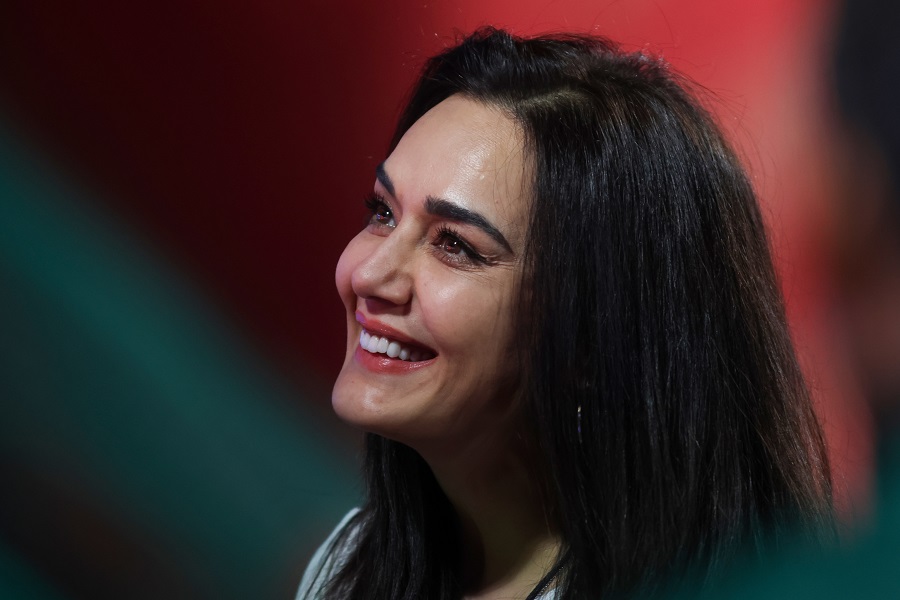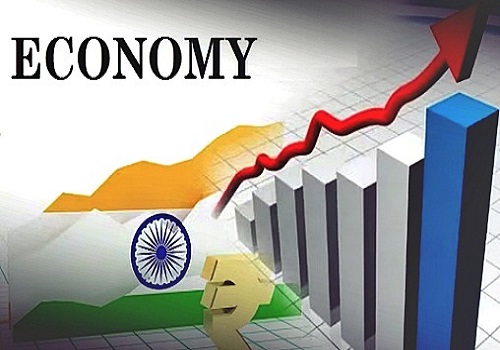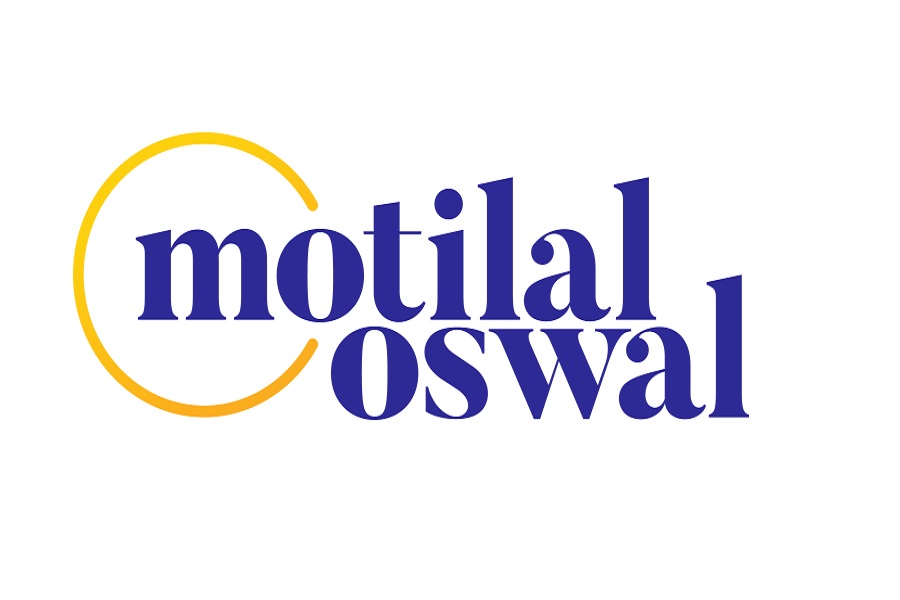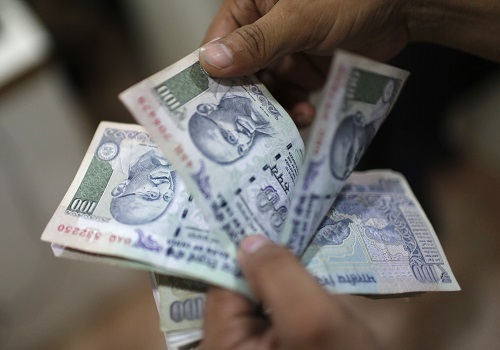Honasa Consumer coming with IPO to raise upto Rs 1720.40 crore

Honasa Consumer
- Honasa Consumer is coming out with a 100% book building; initial public offering (IPO) of 5,30,98,811 shares of Rs 10 each in a price band Rs 308-324 per equity share.
- Not less than 75% of the issue will be allocated to Qualified Institutional Buyers (QIBs), including 5% to the mutual funds. Further, not more than 15% of the issue will be available for the non-institutional bidders and the remaining 10% for the retail investors.
- The issue will open for subscription on October 31, 2023 and will close on November 2, 2023.
- The shares will be listed on BSE as well as NSE.
- The face value of the share is Rs 10 and is priced 30.80 times of its face value on the lower side and 32.40 times on the higher side.
- Book running lead managers to the issue are Kotak Mahindra Capital Company, Citigroup Global Markets India, JM Financial and J.P.Morgan India.
- Compliance Officer for the issue is Dhanraj Dagar.
Profile of the company
The company is the largest digital-first beauty and personal care (BPC) company in India in terms of revenue from operations for the Financial Year 2023. Since its inception, the company has worked with the primary objective of developing products that address beauty and personal care problems faced by consumers. For instance, its flagship brand, Mamaearth, is built to service a core customer need for safe-to-use, natural products, and focuses on developing toxin-free beauty products made with natural ingredients.
Since launching Mamaearth in 2016, the company has added five new brands to its portfolio, namely The Derma Co., Aqualogica, Ayuga, BBlunt and Dr. Sheth’s, and have built a ‘House of Brands’ architecture. As of June 30, 2023, the company’s portfolio of brands with differentiated value propositions includes products in the baby care, face care, body care, hair care, color cosmetics and fragrances segments. Its success with Mamaearth and its ability to identify and cater to emerging trends has enabled it to develop repeatable brand building playbooks that have helped in scaling its newer brands at a fast pace. These playbooks are powered by the company’s consumer centric approach across various aspects of its business model, including its innovation engine, its digital-first omni-channel distribution, and its technology and data-driven marketing and consumer engagement model.
Additionally, the company continuously seeks to connect better with its consumers and strengthen its brand equity by building ‘purpose-driven’ brands that are associated with environmental and social impact causes. For instance, through the Mamaearth ‘Plant Goodness’ initiative, it works with a non-government organisation to plant trees for orders placed on its direct-to-consumer (DTC) platform and share geo-tagged images of these trees with its consumers. Similarly, The Derma Co. is associated with a ‘Young Scientists’ program wherein children in certain rural parts of India are provided with access to education in science, and Aqualogica is associated with a ‘Fresh Water for All’ initiative wherein it help enable access to clean drinking water for marginalized communities.
Proceed is being used for:
- Advertisement expenses towards enhancing the awareness and visibility of the company’s brands.
- Capital expenditure to be incurred by the company for setting up new EBOs.
- Investment in Subsidiary, Bhabani Blunt Hairdressing (BBlunt) for setting up new salons.
- General corporate purposes and unidentified inorganic acquisition.
Industry Overview
India’s retail market is still underpenetrated. India’s per capita retail spend was $628 in 2022 compared to $4,630 for China (roughly 7 times that of India) and $21,030 for the USA (roughly 33 times that of India). Hence, India’s retail market has been growing much faster than that of the large economies and is expected to do the same going forward. Disregarding the market distortions due to COVID-19 pandemic, India’s historical growth of 11% annually between 2016-19 has been much higher than that of the USA and the UK, as both grew at around 3% annually, and that of China, which grew 7-9% annually. India’s retail market has been largely unorganised. The unorganised market characterised by the prevalence of the kiranas -shops run by individual, local businessmen which house multiple categories of products including grocery, BPC, home care, packaged foods and many others. These entities have been operating since a long time but have shortcomings like low product variety, inability to assess shift in consumer needs, to name a few. While these mediums make for approximately 80% of the retail market, there have been rapid shifts to organised channels like modern trade outlets (shopping malls/ marts, multi-brand outlets, exclusive brand outlets) and online (marketplaces and Direct-to-consumer (DTC)).
Beauty and Personal Care in India is an approximately $20 billion market, and expected to grow at 11% annually to be approximately $33 billion by 2027. Sized $20 billion, BPC in India is a large market (6th largest in the world). BPC is significantly underpenetrated in India. Traditionally, Indian households have spent lesser on BPC in comparison to other countries. For instance, in 2022, BPC spends per capita in China were around 3 times of that in India. Even compared to relatively smaller economy like Indonesia, India’s per capita BPC spends are lower, indicating massive growth headroom. The BPC products market in India is undergoing a fundamental re-industrialization owing to the convergence of technology, demographic dividend, and growing consumer aspirations. BPC is expected to grow faster than categories like food, grocery and consumer electronics. This makes BPC one of the most attractive retail categories in terms of growth. India’s per capita spend on BPC products is currently one of the lowest in comparison to some of the other developing countries and is at the cusp of growth as GDP per capita has crossed $2,000, which is a critical inflection point as observed in other developing economies.
Pros and strengths
Brand building capabilities and repeatable playbooks: The company’s experience and success with Mamaearth helped it develop a brand building playbook that enables it to replicate its success with Mamaearth across newer brands. These playbooks extend from its innovation engine to its distribution strategy to its marketing and customer engagement capabilities. Leveraging these playbooks, it has demonstrated a track record of introducing new brands to the market. It has set up a dedicated in-house start-up team called ‘Brand Factory’ that closely works with its founders and is responsible for end-to-end ideation, incubation and execution of new brands. This team primarily comprises senior employees who leverage its brand building playbooks to scale new brands in the early stages of their lifecycle. The team actively identifies opportunities to optimize operations for the new brands by capitalizing on synergies from its House of Brands architecture. Each brand in its portfolio has a differentiated value proposition that enables it to acquire new users with distinct needs and preferences and address any additional requirements of its existing user base.
Consumer-centric product innovation: Product innovation powered by the company’s continuous consumer listening and engagement model is a key strength of its business. Over the last seven years, it has built multiple tools and capabilities that aim to capture insights into consumer needs and identify whitespaces and consumer trends faster. Its in-house social listening and tracking platform enables it to proactively capture consumer sentiments and identify emerging trends and propositions both in India and globally. This has helped it in identifying emerging propositions such as rice water for frizzy hair, green tea for open pores and multani mitti for oil control, with product launches in November 2020, August 2022 and April 2023, respectively. Its in-house market research and competitive intelligence platform for e-commerce, enables it to track market share movements across a number of BPC sub-categories and a long range of ingredient spaces and price points. Leveraging this tool, it is able to identify growing BPC sub-categories, ingredients, value propositions and price points that are gaining traction with consumers.
Digital-first omnichannel distribution: The company’s omnichannel network allows it to be present across various touchpoints and serve its consumers wherever they shop. Its distribution model is led by its digital presence (DTC and e-commerce marketplaces), from which it derived revenue. The company has adopted a digital-first approach to its distribution strategy wherein it first incubates new brands on its online channel, and then selectively introduces them in the offline channel. The company’s new to early-stage brands are incubated in its online channel with the key objective of acquiring new users and generating trials amongst early adopters of these brands. It leverage the online channel to (i) test product market fit by capturing early feedback from consumers on brand proposition, positioning, packaging and performance; (ii) capture valuable consumer insights across purchase behaviour, product preferences, and need-spaces; and (iii) generate customer affinity by providing a personalized and engaging brand experience for consumers.
Data-driven contextualized marketing: The company has adopted a marketing model through which it activates consumer engagement initiatives across multiple media platforms and channels. With a combination of digital and traditional marketing, it delivers a consistent narrative about its brands and their proposition across all touch points relevant for its consumers. Through these initiatives, it aims to target consumers across the entire marketing funnel from creating awareness to driving consideration and conversion for its brands. Its marketing capabilities are reflected in its content-community-commerce framework that enables it to deploy contextualized data-led marketing to its consumers. It has leveraged its extensive data libraries to segment consumers into micro-cohorts to drive contextualized nano targeting and engagement.
Risks and concerns
Rely on relationships with certain marketplaces and web traffic drivers: As part of the company’s online sales channels, it sells products through both its direct-to-consumer channel, which includes its brand websites, mobile websites and mobile applications, and its third party e-commerce marketplaces. It has longstanding relationships with several e-commerce marketplaces for the sale of its products and has an established presence across leading e-commerce marketplaces. It operates an inventory-based selling model for all sales made on the online and offline sales platforms of one of its e-commerce marketplaces. It cannot assure that it will be able to secure any promotions from these e-commerce marketplaces, and its inability to do so may affect its brand visibility and sales. Further, purchase orders made by online marketplaces may generally also be amended or cancelled at any time prior to finalization.
Reliance on celebrities and social media influencers as part of marketing strategy: The company’s marketing strategies include engaging influencers, entering into celebrity endorsement agreements and maintaining a presence on social media platforms on whom it rely upon for its marketing and endorsement. Any deterioration in its relationship with its celebrities and influencer network or damage to the reputation of such influencers or celebrities; its relationships with influencers may not always include contractual commitments to continue to be supportive of its brands or products, and there can be no assurance that they will continue to do so; for example, changes in beauty and fashion trends, consumer sentiment or public perceptions of brands could adversely impact its relationships with influencers. As social media platforms continue to rapidly evolve and new platforms continue to develop, it must continue to maintain a strong presence on these platforms and stay relevant on new or emerging trends on popular social media platforms. From time to time, its Promoters are tagged on social media posts raising complaints about its brands and products.
Face intense competition: The company faces intense competition from a number of competitors, some of which are larger and have substantially greater resources than it, including the ability to spend more on advertising and marketing and offer substantial discounts. It also faces competition from new entrants that may have more flexibility in responding to changing business and economic conditions than it. As the BPC products space has a fairly low barrier to entry, these new entrants could potentially heighten the competitive landscape, which may lead to intensified competition on pricing. Furthermore, its competitors may innovate faster and more efficiently, and new technologies may increase competitive pressures by enabling competitors to offer more efficient or lower-cost products. If it is unable to change its offerings in ways that reflect the changing demands of offline and online buyers and marketplaces or compete effectively with and adapt to such changes, its business, results of operations and cash flows could be adversely affected.
Dependent on several third party service providers: The company depends on its distribution network and supply chain for the sale and distribution of its products to its consumers. It has developed a network of distributors, super distributors and sub-stockists in various parts of India. As part of this network, these parties procure its products from it for distribution to retailers. Further, as part of its modern trade channel, it also has a network of retail chains with whom it has contractual agreements for the sale of its products. In addition, as part of its online sales channel, it relies on third-party courier and logistics companies for the delivery of its products. It needs to keep optimum inventory at its warehouses, including outsourced third-party warehouses, and maintain high levels of coordination with its courier and logistics providers to ensure availability of its products in the markets. Such service providers may not be able to provide satisfactory services to it or its consumers, which could also be due to events that are beyond its or their control, such as inclement weather, transportation disruptions or poor quality of infrastructure.
Outlook
Honasa Consumer is a digital-first house of brands catering to the diverse needs of millennial customers. It is building a new generation of beauty and personal care brands – driven by purpose, powered by technology, and focused on evolving consumer needs. From natural personal care to science-backed skincare and a modern take on Ayurveda, each of its brands has a unique proposition, created for millennials. Today, its in-house portfolio of brands comprises household favorites like Mamaearth, The Derma Co., Aqualogica, and Ayuga. It has also made strategic acquisitions to strengthen its portfolio – BBlunt (Products and services), Dr Sheth's (dermatologist formulated skincare brand). It has a dedicated in-house innovation team, consisting of 47 members, as on June 30, 2023, that drives end-to-end ideation and execution of new products launches. This team collaborates with large ingredient suppliers to co-create formulations. For manufacturing, it has set up an asset-light contract manufacturing model that gives it the benefit of economies of scale at small batch sizes while also providing the flexibility to scale up production as needed. On the concern side, the company may face a number of challenges that may affect its ability to sustain its corporate culture and values, including a potential failure to attract and retain employees who embrace and further its culture and values, any expansion into additional markets and competitive pressures that may divert it from its priorities, vision and integration of new personnel.
The issue has been offered in a price band of Rs 308-324 per equity share. The aggregate size of the offer is Rs 1635.44 crore to Rs 1720.40 crore based on lower and upper price band respectively. On the financial front, total income increased by 57.13% to Rs 15,152.68 million in Financial Year 2023 from Rs 9,643.45 million in Financial Year 2022. The company has reported a restated loss of Rs 1,509.66 million in Financial Year 2023 as compared to a restated profit of Rs 144.43 million in Financial Year 2022. Meanwhile, the company intends to continue to invest in innovative brand building and performance marketing initiatives to drive awareness and generate trials for its brands. It intends to focus on deploying a holistic marketing strategy across digital, social, and traditional platforms and actively leverage its differentiated content, community, and commerce flywheels to improve its reach and drive effective engagement to acquire new consumers.

